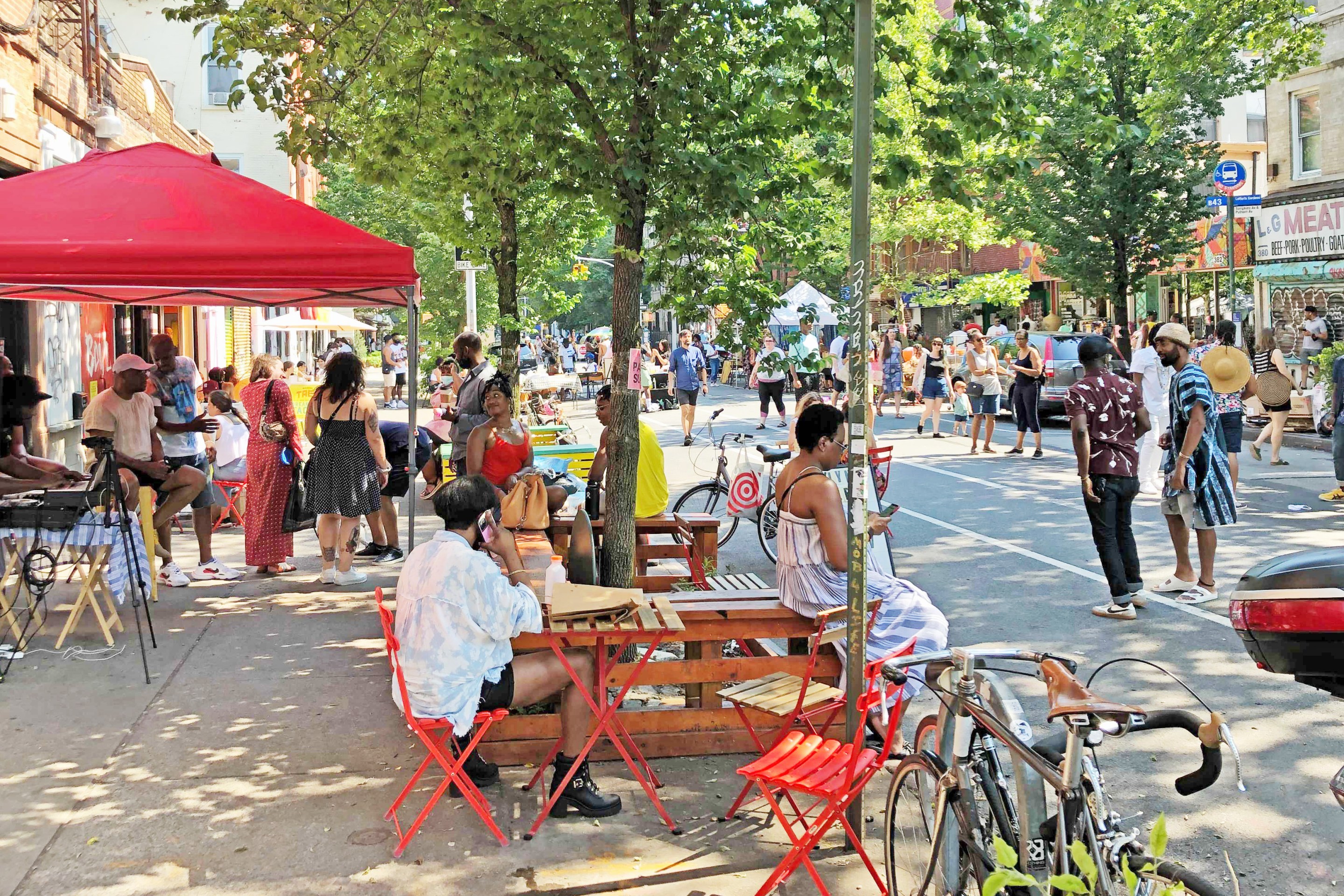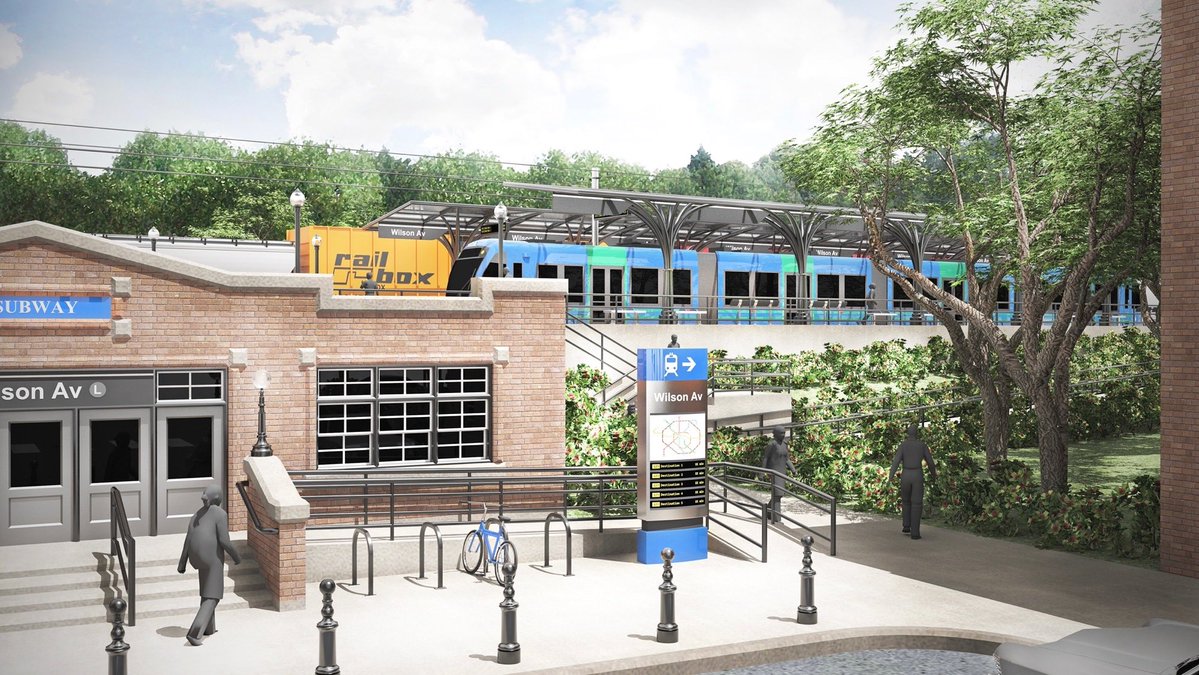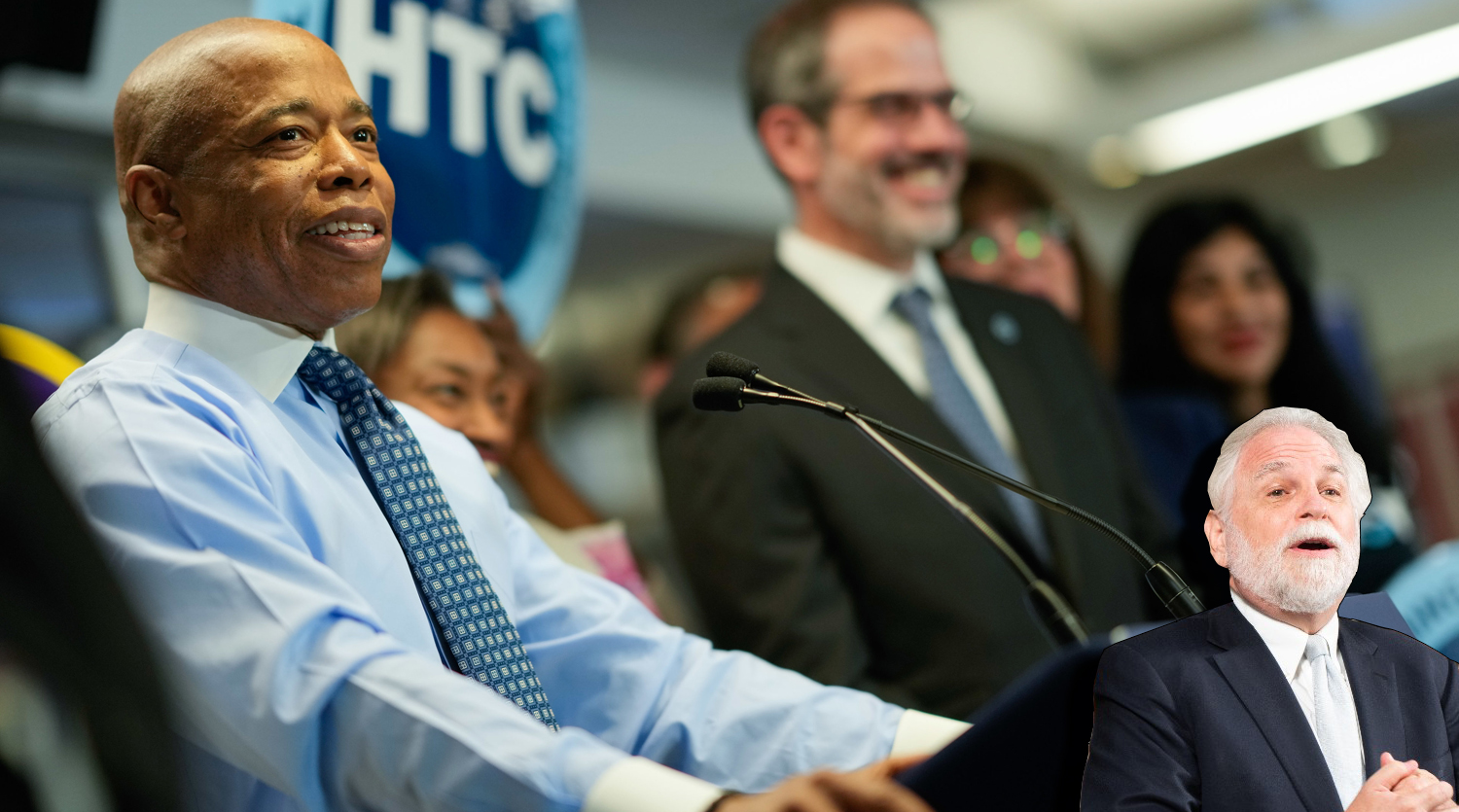
Florida officials say HOT lanes are the answer to SoFla I-95 congestion
Before she went on television to turn the Minnesota bridge tragedy into a partisan talking point, US Secretary of Transportation Mary E. Peters was perhaps best known -- or was, at least, recognized more fondly -- in these parts as the official who heaped $354M worth of praise upon Mayor Bloomberg's congestion pricing plan.
New York was one of five cities selected to share in the $1.1 billion federal Urban Partners Program, which requires beneficiaries to implement some form of congestion mitigation. NYC got the largest piece of the UP pie, and submitted the most ambitious plan by far. Here are the other cities, how much they were awarded, and how they plan to earn it.
Miami, $62.9 million: The Florida Department of Transportation will accelerate its plan to revamp 21 miles of I-95 between Ft. Lauderdale and downtown Miami, converting two lanes in each direction into fluctuating High Occupancy Toll (HOT) lanes while leaving at least four north and four south lanes free for motorists. Tolls will be assessed using existing SunPass transponders. The project also includes improvements in bus service between Broward and Miami-Dade counties, eliminating a transfer along one of the busiest routes and putting buses in the HOT lanes, which are expected to move at no less than 50 MPH. Says the Miami Herald: "Planners are hoping that the free-flowing express lanes will also create a real incentive for Miami-Dade and Broward commuters to give up their cars for express buses."
Minneapolis, $133 million: With a focus on I-35, site of the August 1 bridge collapse, the Minneapolis area will also use its federal grant money on a combination of HOT lanes and bus service. According to the Star Tribune, HOT lanes, including one intermittently accessible shoulder lane with a variable toll, will extend south of Minneapolis to Burnsville; downtown bus lanes will be expanded; bus rapid transit with reduced rush hour fares will be instituted; and two downtown thoroughfares, Marquette and 2nd Avenues, will be rebuilt with widened sidewalks, improved bus stops and new bus lanes.
San Francisco, $158 million: Doyle Drive, which connects San Francisco to the Golden Gate Bridge, is the centerpiece of the Bay Area's congestion mitigation plan -- for better or worse. Transportation officials say the 70-year-old roadway is dangerously prone to earthquake damage, and part of the UP grant will go toward filling a gap in its reconstruction budget. Doyle Drive is also set to be outfitted with an electronic toll system, though there is disagreement over when, or if, that will happen. The executive director of the San Francisco County Transportation Authority, Jose Luis Moscovich, says the federal deadline to toll Doyle Drive is just nine months away; but Mayor Gavin Newsom, a skeptic of congestion pricing, tells the Examiner that tolling Doyle Drive is "not yet a done deal." The remainder of the grant proceeds are to be used for the SFgo traffic management system; expansion of the 511 transportation info service; parking for Golden Gate ferry users; and improved parking payment and transportation pass technology.
Seattle, $138.7 million: Like San Francisco and New York, Seattle faces political hurdles before it can secure UP funding. All but $1.1 million of the Seattle grant will be forfeited unless Washington state legislators approve a plan to put fluctuating tolls on the Evergreen Point Bridge on state Route 520 by September 2009, reports the Seattle Post-Intelligencer. Assuming the tolls are instituted in time, Seattle's cut of the UP allocation is to be spent on 45 new buses, improvements to park-and-ride lots, and ferry service. Toll proceeds would be designated to building a new span to replace the aging Evergreen Point Bridge, a ~$4 billion project. The new six-lane bridge is expected to include bike and transit lanes.
An interesting footnote: I could find nothing in the USDOT Urban Partnership Program docs mandating that recipients' toll revenues be re-invested in transit, and with the exception of New York and Seattle (sort of), I saw nothing to indicate that any UP city has plans to do so. If anyone knows better, please chime in.
Photo: phil h/Flickr





